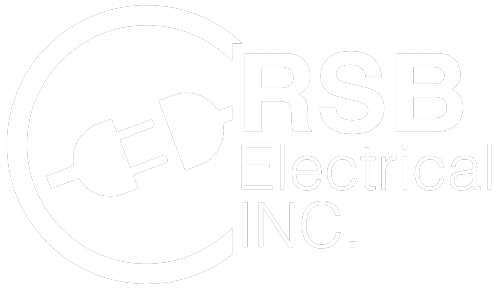Emergency Lighting For A Business
Emergency lighting in a commercial building, in spite of the fact that it may never be used, could someday be the difference between life and death for dozens of people living or working in that building. In order to be ready for a crisis, it’s imperative that emergency lighting systems are working properly and that every base covered at all times.
Emergency lights are generally wired into the main light circuits that can be turned on and off with a switch. The emergency ballasts are also connected to a designated emergency backup battery. Which is required to keep emergency lighting on for at least 90 minutes. 90 minutes is the general standard, however, the energy-efficient options can lengthen this time to nearly two hours.
Ideally, evacuation shouldn’t take that long, but extra time allows emergency responders to have time to clear a building. The “Exit” signs that glow are not usually wired. They’re often self-luminous or glow in the dark.
The lights should be in the following places: leading up to the exit, in the exit, and outside the exit, with additional signs directing towards the exit if it is not immediately visible or accessible in all areas of the building. These places are designated mostly for the benefit of multi-level buildings; the lights on the door to the stairs to help guide people to the correct door, the lights on the inside of the stairwell, which will prevent panic and help everyone see which direction to go. The lights on the outside will help illuminate the area and allow the people to spread out and remove any barriers preventing more people from using that evacuation route.
OSHA is very strict when it comes to the standards for emergency lighting. Proper emergency lighting can, in the case of a catastrophe, save dozens and dozens of lives. Put in the same scenario, but without the lights to indicate the safest exit routes, the chaos and panic it is doubtless several lives would be lost. Not just to the event itself, but through falling down the stairs and injuries with other people trying to evacuate.
Regular inspections ensure the equipment is functioning as it should lest the unthinkable happen. And aside from safety, if an OSHA inspection comes back as failed, the first time offense can be up to $7,000 depending on the severity of the issues.Following the first failed inspection, subsequent failures can rack up in fines around $70,000 depending on how non-compliant the business is with regard to fixing the issues.
To reduce the risk of the fines, lighting equipment should not only function properly but should be inspected and serviced often. Relevant inspection documents should be kept on hand to help reduce the risk of liability issues.
Emergency lighting can and should be installed and repaired by a licensed electrician who is familiar with the OSHA emergency lighting electrical codes and the lighting codes in the area.
When in need of home electrical inspections, whole-house surge protector installation, attic fan installation, or smoke detector installation, electrical repair, or home electric car charger installation, trust the licensed and insured professionals at RSB Electrical. We are a 24-hour emergency electrician based out of Mesa, AZ. Call 480-485-4284 for more information.


